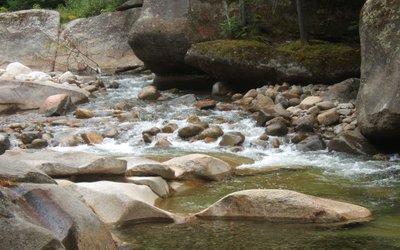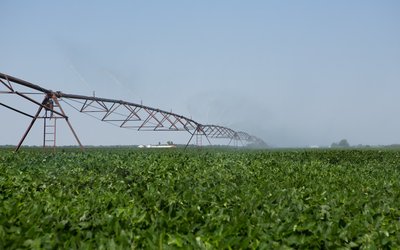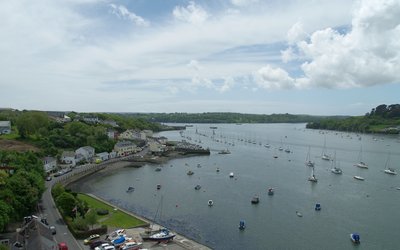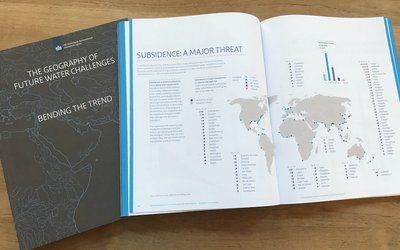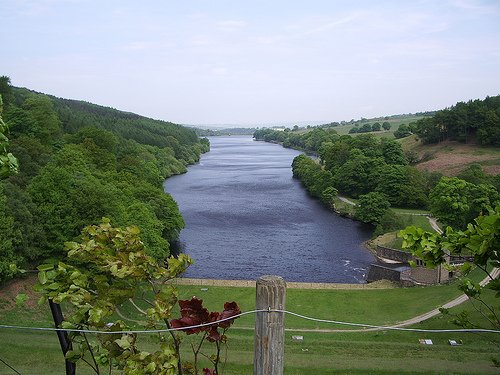
An indication of the magnitude of possible changes in runoff (and hence water availability) in the UK during the twenty-first century was assessed along with the detection times of climate change signals in runoff projections. This was done using an ensemble of regional climate models under a SRES A1B emissions scenario.
Overall, for the second half of this century, the majority of these models project an increase in runoff during winter (by 5–25% by the 2080s) and a decrease over summer, with a mixture of increases and decreases in spring and autumn, and the smallest changes occur in spring. These changes are especially pronounced for southern England and Wales.
The detection times of climate change signals in the river runoff projections have been estimated:
- Winter projections: a climate change signal in the 2020s over Scotland, western coastal areas of England and Wales, and the southern coastal regions of England. The climate change signal also emerges between the 2020s and 2030s over Northern Ireland and inland parts of Wales and southern England. The signal is not seen until much later in eastern parts of England.
- Spring projections: a climate change signal in coastal areas of England and Wales, and over eastern Scotland only, and the signal does not generally emerge until the 2050s–2080s.
- Summer projections: a climate change signal in most river basins, but at a later time than in winter. The signal is detected during the 2040s–2050s over the northern half of England and coastal parts of Wales, but earlier, during the 2020s, over southwest England, central Wales and parts of eastern Scotland. The climate change signal emerges much later in the 21st century, if at all, over Northern Ireland and the rest of Scotland.
- Autumn projections: a climate change signal between the 2040s and 2050s over much of England and Wales, with the exception of the Thames basin where a signal is not seen until the 2080s.
Source: Sanderson et al., 2012. Water Resources Research 48.
Photo: Smabs Sputzer (www.flickr.com)

